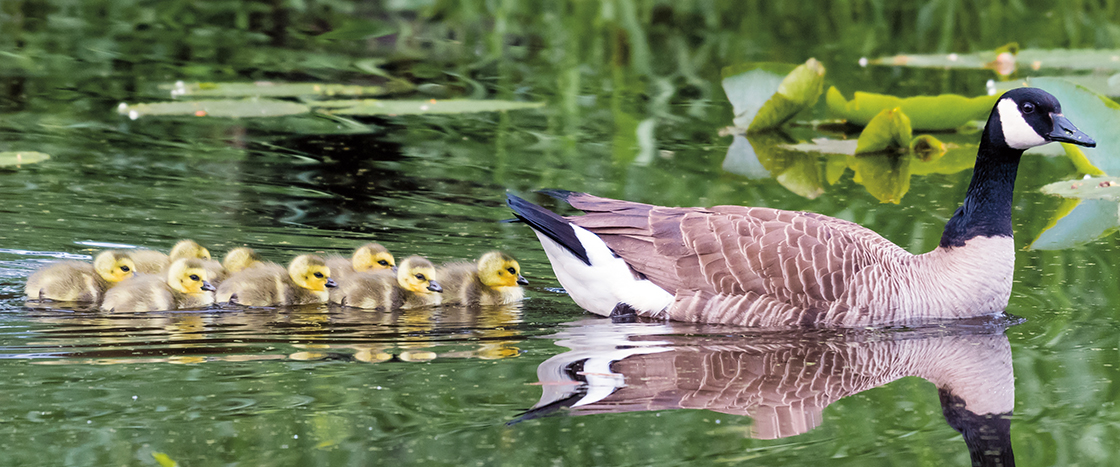One day in 2014, Zhiming Yuan (juh-mihng yoo-ahn) and his daughter were walking in a park. They noticed a family of geese in a pond. The goslings, or baby geese, paddled in a line behind their mother. “My daughter asked me why they did that, but I didn’t know,” Yuan says. “I decided to find the answer.”
Yuan likes to investigate these types of questions. He studies hydrodynamics, the science of how water moves, at the University of Strathclyde in Glasgow, Scotland. In past research, Yuan had studied how to design ships so they travel easily through water. He also researched how swimmers can use the movement of water to their advantage.
Yuan found that when boats or swimmers travel together in a line, they use less energy. He wondered if waterbirds might also save energy by swimming single file. Yuan set out to investigate.
Zhiming Yuan (juh-mihng yoo-ahn) went for a walk in the park in 2014. He was with his daughter. They saw a family of geese in a pond. The goslings, or baby geese, were swimming in a line following their mother. “My daughter asked me why they did that,” Yuan says. “But I didn’t know. I decided to find the answer.”
Yuan likes to learn about these topics. He studies hydrodynamics. That’s the science of how water moves. He works at the University of Strathclyde in Glasgow, Scotland. Yuan has studied how to design ships so that they travel easily through water. He’s also studied how swimmers use the motion of water to help them.
Yuan found that boats and swimmers use less energy when they travel together in a line. He wondered about birds. They might also save energy by swimming single file. Yuan set out to investigate.

